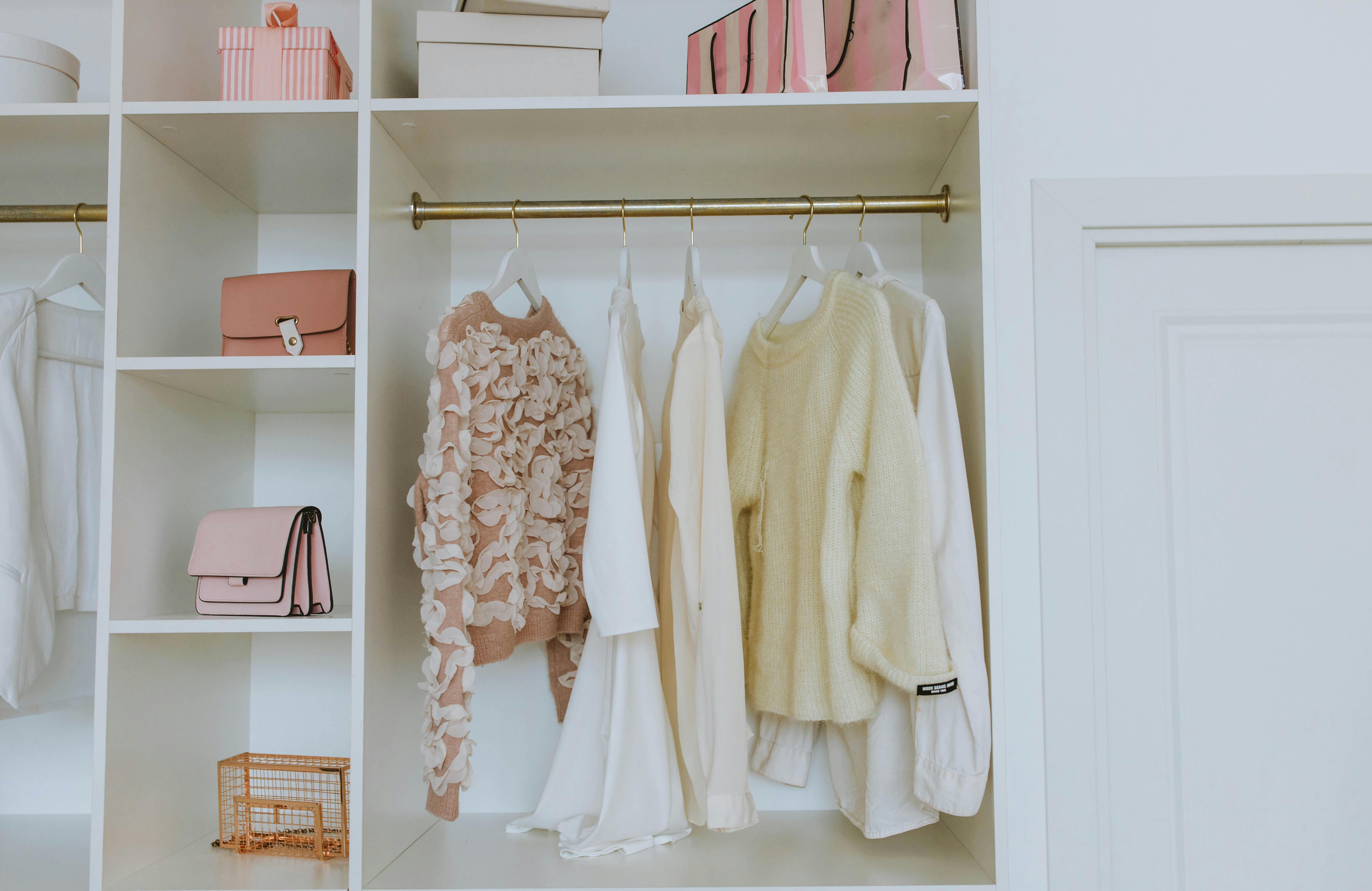Skin Care History Part 5: Imperial China: From the Tang Dynasty to the Ming Dynasty, 618-1644
Craving the Pale
By the time the Tang dynasty arrived, the women of the imperial court had turned skin care and cosmetic application into an art form. Borrowing artistic techniques from Buddhism that had spread throughout the country, the women were made into gilded statues, complete with smooth porcelain skin and facial appliqués. Having a pale complexion continued to rise in importance as short women reached new and greater heights in whitening their skin, both temporarily and permanently.
Since pre-imperial times, Chinese women wanted to have pale skin. As agriculture became increasingly important to the culture and economy, tanned skin became associated with a working class made up of farmers and fishermen. While noblewomen initially desired a fairer complexion to show that they didn’t have to work, however, a powdered face and smooth skin soon became a fashion statement. During the Tang dynasty, courtesans began to take more extreme measures to lighten the skin on their faces. While they continued to press on white powders made from lead, they also used special gels and lotions derived from natural ingredients to remove the pigment and permanently whiten their skin. One of the most popular gels was made with songyi mushrooms, an ingredient still used in many skin lighteners today.
The seven steps to beauty
Even in this age of lead powders and pigmentation-altering creams, the Chinese approach to skin care remained holistic. Nutrition, health and circulation were still considered necessary to maintain a beautiful complexion and many lotions were developed using medicinal herbs popular in traditional medicine. In fact, while skin care was previously confined to the bed room, many Tang Dynasty women carried small containers of lotions and other cosmetics so they could touch up their faces at will.
However, this is not to say that Tang dynasty courtesans wore makeup in public. Her makeup, in fact, was applied in seven separate steps each morning. The first step was to powder the face with a thick white foundation. The second step was the application of blush on the cheeks. The third step was to gild the forehead with golden ochre. Ocher was painted in complex patterns based on the gilding of Buddhist statues. The fourth step was to trace the eyebrows. The fifth step was to paint the lips a bright red. The sixth step was to sprinkle the cheeks. The seventh and last step was to paste a floral applique between the eyes. (You can read more about the seven steps to beauty here: http://www.chinatoday.com.cn/English/e2004/e200411/p60.htm)
The art of the app
Although facial appliques first gained wide popularity during the Tang dynasty, they remained popular throughout many centuries of imperial China. As described in the seven steps of cosmetic application, there were actually several different types of appliqué. While the dotted cheek had been around since the earliest days of the Imperial Court, by this time it had lost any remnants of practical use and was used strictly for fashion. In fact, it was very rare for the dots to remain round. While one of the most popular designs was a crescent moon on the cheek, these so-called dots could take on anything from flowers to insects. The floral applique placed between the eyes had a similar number of variations. It could be made of paper, gold foil or shell and the patterns ranged from flowers to fans, from dragonflies to ox horns.
While not exactly an appliqué, traced brows are still an important part of facial adornment. By this time, the designs had become much more elaborate than during the Qin or Han dynasties. While the different shapes were generally modeled after objects found in nature, the shapes themselves were a far cry from the natural form. of an eyebrow Willow leaf brows were one of the most popular designs, and round olive brows were not far behind. Emperor Xuanzong even commissioned a book called Shi Mei Tu, which describes ten different eyebrow patterns. (You can read more about facial appliqués and eyebrow patterns here: http://www.chinatoday.com.cn/English/e2004/e200411/p60.htm)
From lead powders to skin whiteners to olive-shaped eyebrows, many of the skin care techniques and cosmetic approaches of Imperial China seem alien in today’s world. However, her holistic approach to skincare and whimsical makeup show that Imperial China still has a lot to offer the modern world.
